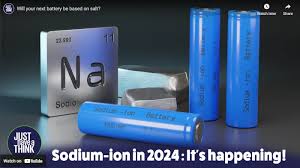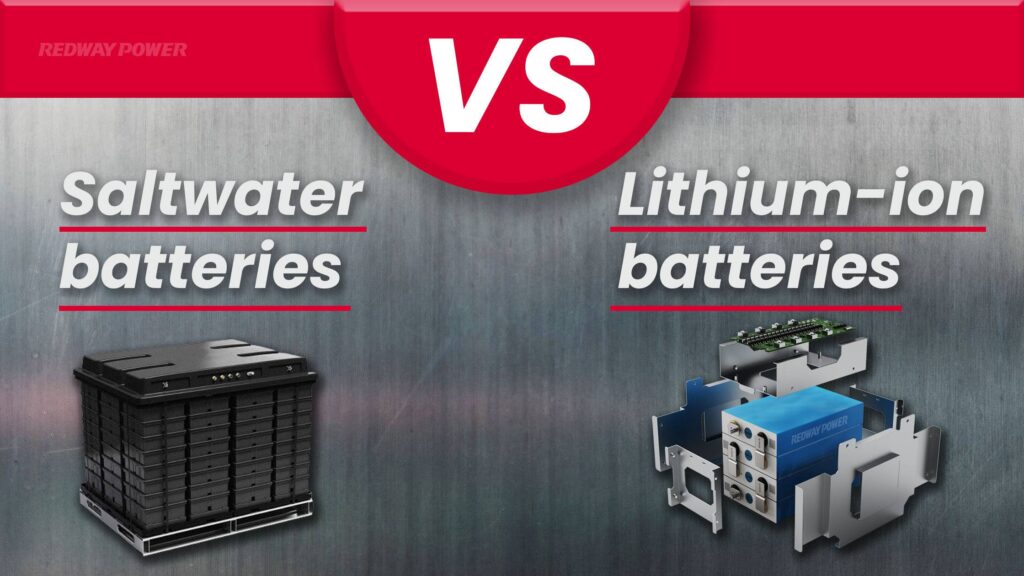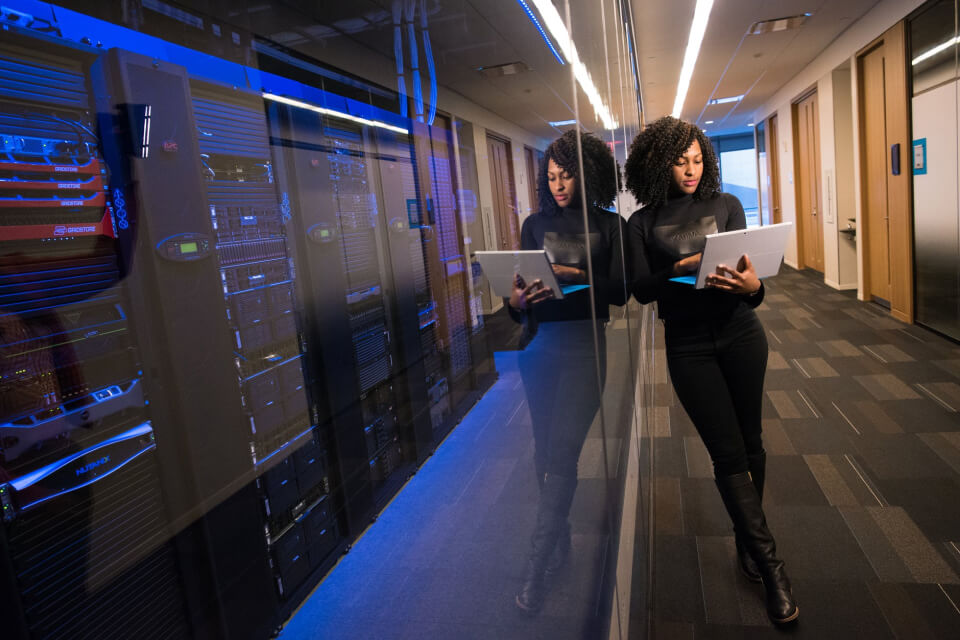There’s no shortage of buzz around sodium-ion batteries right now. The headlines are swelling with billion-dollar projections, billion-dollar factories, and promises of breaking China’s lithium grip with good ol’ salt. Depending on who you ask, sodium-ion is either the humble underdog poised to save the planet—or the latest flavor-of-the-month battery tech that’s long on theory and short on real-world traction.
Let’s get one thing straight: sodium-ion has potential. But let’s also be honest—just because it’s cheap and abundant doesn’t mean it’s destined to dominate. In fact, once you look past the surface, the weaknesses become hard to ignore—unless you’re in the military, which is the one place this technology might actually live up to the hype.
🚨 A Battery Without a Market?

The main pitch for sodium-ion is pretty simple: it’s cheaper and safer than lithium. And that’s true. Sodium is abundant (you can literally extract it from seawater), and it doesn’t catch fire when it gets warm. So far, so good.
But here’s the catch: sodium-ion batteries also have lower energy density, meaning they’re bulkier, heavier, and deliver less power than lithium-ion. That makes them a tough sell for electric vehicles, high-performance tools, or pretty much anything that’s expected to run long or run hot.
You might hear people say, “Well, not every application needs high energy density.” Fair. But that narrows the market pretty fast. Most of the world’s energy demand growth is in sectors that do need high power, tight packaging, and fast charging. When your competition is lithium-ion, which already has a global supply chain, infrastructure, and proven performance, being “just good enough” isn’t actually enough.
🏭 Manufacturing: Great on Paper, Awkward in Practice

Proponents argue that sodium-ion production will be cleaner and cheaper. But the reality is, we don’t yet have a sodium-ion production base on par with lithium-ion. Sure, China’s CATL is building a few facilities, and Natron Energy in the U.S. is trying to scale, but these are still rounding errors in the global battery economy.
There’s also no open highway to repurpose lithium factories for sodium. The battery chemistries aren’t identical, and you can’t just pour salt into a lithium-ion production line and hope it works. That means new investments, new supply chains, new risks—and in today’s market, where tech is expected to scale fast and turn profits faster, that’s a tall order.
🌍 Global Hype, Local Disappointment?

Europe is funding sodium-ion research. China’s going full throttle on production. The U.S.? We’re somewhere between hopeful and distracted. The Inflation Reduction Act offers incentives, but even that hasn’t triggered a sodium rush—most of the money still flows to lithium, hydrogen, and grid-scale storage that already works.
And speaking of grid storage, let’s talk use cases. Sodium-ion’s supporters point to stationary storage as a winning niche—solar farms, microgrids, remote areas. But if you look at who’s actually buying and installing batteries at scale, they’re still ordering lithium. Why? Because it’s available, it’s getting cheaper, and it has a 15-year head start.
So unless sodium-ion prices crash, or lithium prices skyrocket (again), it’s unclear why utilities, automakers, or governments would choose a riskier, bulkier alternative. It’s the classic innovator’s dilemma: nobody wants to be the guinea pig.
🪖 Military & Defense: The One Clear Winner

Now let’s pivot to the one place sodium-ion batteries make undeniable sense: the military.
In defense and national security applications, safety, supply independence, and cold-weather performance are king. And this is where sodium-ion delivers. It’s stable. It works in extreme climates. It doesn’t rely on lithium from politically volatile regions. For the military, less energy density is a tradeoff worth making if it means reliability and security.
Imagine a forward operating base in Alaska or a naval ship in the Pacific—sodium-ion gives the military a way to store power without worrying about battery fires or supply chain breakdowns. It’s not about cost—it’s about control.
That’s why military contractors and DARPA-adjacent startups are already exploring sodium-ion tech. They’re not trying to power Teslas—they’re trying to win wars.
🧠 Final Thought: Just Because It’s New Doesn’t Mean It’s Inevitable

The sodium-ion battery market is expected to hit $914.67 million by 2030, according to The Research Insights. Impressive, until you realize the lithium-ion market is already worth over $70 billion.
We’ve seen this before. Fuel cells. Hydrogen cars. Solid-state batteries. All hailed as lithium’s replacement—until reality set in.
Sodium-ion is real. It’s exciting. But it’s also not magic. It has a role to play—especially in defense and some grid storage. But the idea that it will suddenly replace lithium across the board is optimistic at best, and delusional at worst.
Prediction? Sodium-ion carves out a respectable niche in government, telecom, and logistics backup systems—maybe even low-range delivery fleets. But unless there’s a massive lithium disruption, it won’t dominate. It’ll support. It’ll complement. But it won’t replace.
And that’s okay. Not every innovation has to be a revolution. Sometimes, being the sidekick is more valuable than pretending to be the hero.



